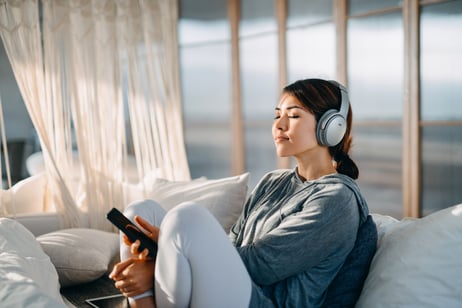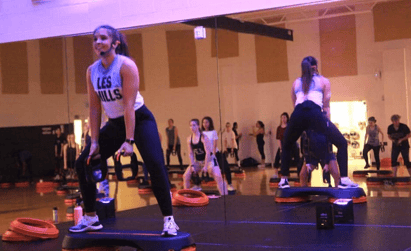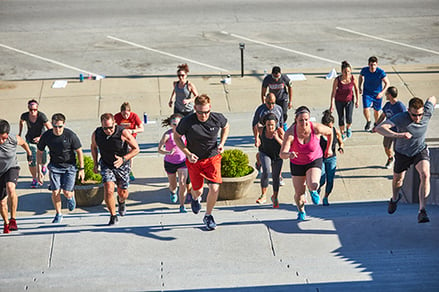To potentially prevent future injuries, you can use prehab exercises to bomb-proof your body. The overall goal of prehab exercises is to increase durability in your physical activities with better-quality movements, which will improve your performance and overall health.
How Prefab Exercises Help
As a planned part of your exercise routine, prehab exercises will help with mobility, activation, and stabilization:
- MOBILITY is the process of collectively improving your flexibility.
- ACTIVATION is the process of causing controlled contractions or trying to “turn on” specific underactivated muscle groups to fire.
- STABILIZATION is the process of generating coordination, or to control movement.
Videos of Prefab Exercises
The videos I’ve added are a few of my favorite routines to do with athletes before workouts begin. The goal is to strengthen and mobilize joints (such as shoulders, hips, knees, and elbows) as well as help practice movements you do during workouts and everyday life. Depending on your workout for the day, I’ve included samples of full-body, upper, and lower routines that I use with athletes regularly.
Full-Body Prehab Exercise Video
Upper-Body Prehab Exercise Video
Lower-Body Prehab Exercise Video
Practice is the key to all these prehab exercise movements. Work on the exercises that you find the most challenging and develop a body that will be mobile, strong, and stable for many workouts to come.
This blog was written by Michael Blume, MS, SCCC; Athletic Performance Coach. To learn more about the NIFS bloggers, click here.


 In today’s busy world, it’s easy to put self-care on the back burner. When there are seemingly endless deadlines at work that must be met, household chores to tackle, and a calendar that is jam-packed it can be extremely difficult to even think about taking time out for ourselves. This is why we must take just a few minutes out of our days. And, as Millennial as it may sound, we need to begin to give some love to ourselves so that we not only exist, but live life to the fullest.
In today’s busy world, it’s easy to put self-care on the back burner. When there are seemingly endless deadlines at work that must be met, household chores to tackle, and a calendar that is jam-packed it can be extremely difficult to even think about taking time out for ourselves. This is why we must take just a few minutes out of our days. And, as Millennial as it may sound, we need to begin to give some love to ourselves so that we not only exist, but live life to the fullest. Picture this: It’s the last 10 minutes of your favorite group fitness class on the
Picture this: It’s the last 10 minutes of your favorite group fitness class on the  Group fitness classes are fitting for many people because the classes provide participants with predetermined workouts led by highly motivated instructors in a group setting. The niche of group fitness is constantly evolving. Classes in the category of group fitness look a lot different than they did 10 or 20 years ago. Not only do the classes look different, but they are more diverse than ever. Many participants use group fitness as supplementation for a typical workout at the gym because all you have to do is show up. Ease of participation coupled with the accountability of other members makes group fitness classes a unique environment.
Group fitness classes are fitting for many people because the classes provide participants with predetermined workouts led by highly motivated instructors in a group setting. The niche of group fitness is constantly evolving. Classes in the category of group fitness look a lot different than they did 10 or 20 years ago. Not only do the classes look different, but they are more diverse than ever. Many participants use group fitness as supplementation for a typical workout at the gym because all you have to do is show up. Ease of participation coupled with the accountability of other members makes group fitness classes a unique environment.